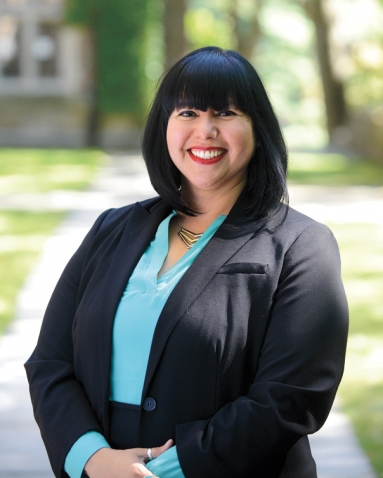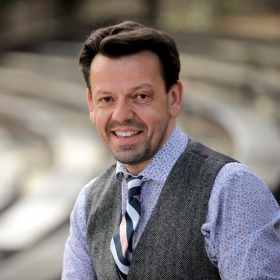During Supreme Court Justice Sonia Sotomayor’s confirmation hearings in 2009, the news media portrayed Sotomayor as an “immigrant success story,” recalls Irene Mata, associate professor of women’s and gender studies. Yet as a Puerto Rican, Sotomayor is not an immigrant. It was attractive to frame the judge in this way, says Mata, because there is a narrative in the United States that celebrates how immigrants assimilate, prove themselves, and move up in the world—thus achieving the American Dream.
The reality for many immigrants is far different, however, and it is these other narratives, or “oppositional stories,” that interest Mata. In Domestic Disturbances: Re-Imagining Narratives of Gender, Labor, and Immigration (hot off the press this month from the University of Texas Press) she examines Chicana/Latina immigrant stories expressed through theater, film, literature, art, and photography. Her book “excavates” stories that might go unnoticed otherwise and “contributes to a growing dialogue on what it means for individuals to live under the current global conditions of immigration,” she says.
Mata, whose Ph.D. is in literature, had assumed she would end up as an English professor. She’s grateful to have found a place for herself instead in an interdisciplinary department where she’s free to conduct research from a variety of angles. One current project focuses on a female muralist in San Antonio who is educating the urban community about healthy food choices through a Chicana superhero figure. Another project examines the art created for a Freedom Ride in 2012 that involved 40 undocumented immigrants riding across 11 southern states on a bus that read “No Papers, No Fear” on the outside.
At Wellesley, Mata teaches courses on Chican@/Latin@ studies (the @ symbol is used to honor multiple genders) and keeps busy arranging for artists and activists to come to campus and share their diverse stories with the larger Wellesley community. Her love of stories, in fact, is what drives her work. “I became a professor,” she says with a laugh, “so that I could share my favorite books with a captive audience.”








We ask that those who engage in Wellesley magazine's online community act with honesty, integrity, and respect. (Remember the honor code, alums?) We reserve the right to remove comments by impersonators or comments that are not civil and relevant to the subject at hand. By posting here, you are permitting Wellesley magazine to edit and republish your comment in all media. Please remember that all posts are public.